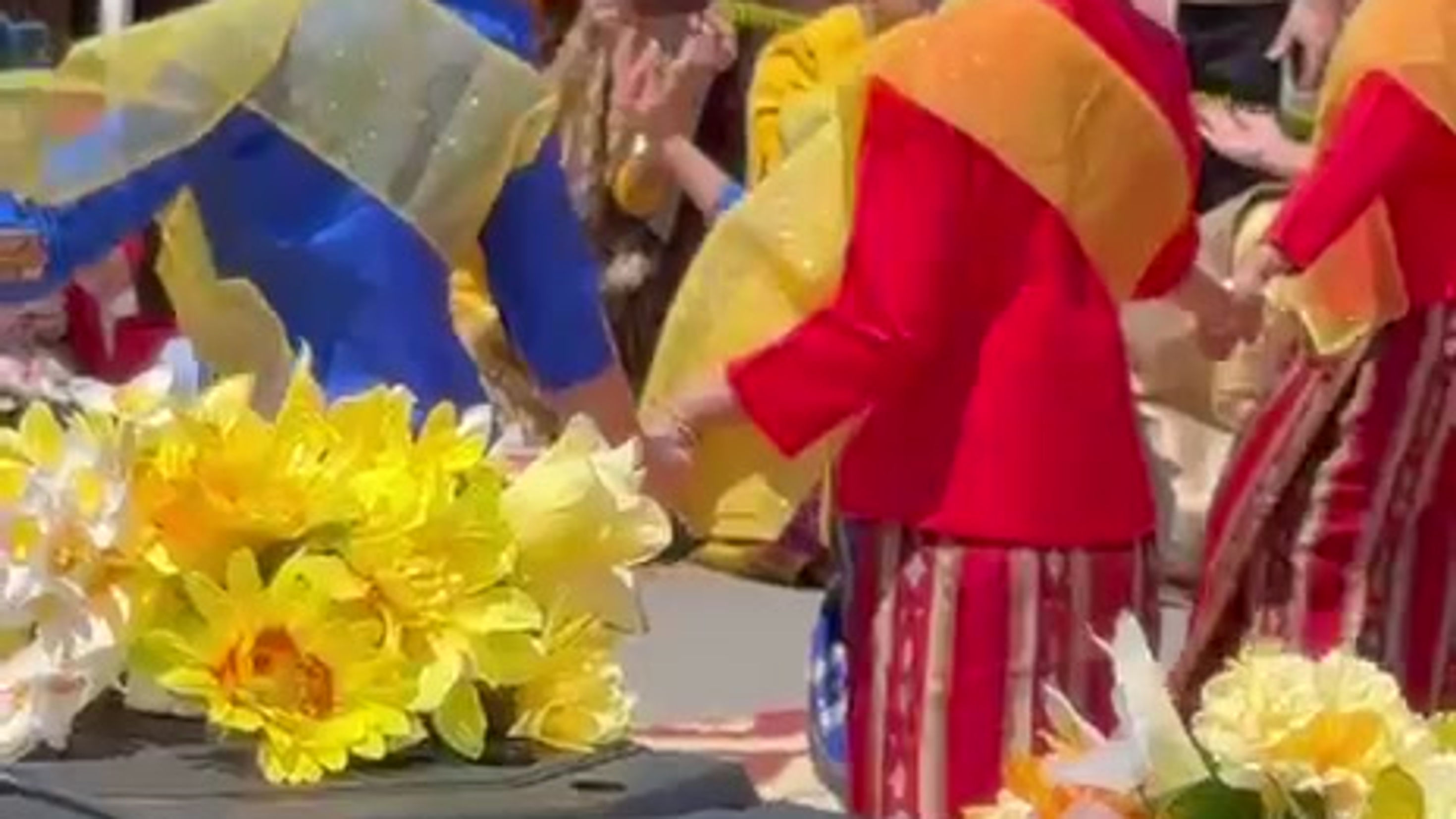Wat Pa Lao Buddhadham
We are gradually updating the website with improved navigation and enhanced user experience. Visit us to explore our latest features and content. LATEST: CHANTING BOOKS PDF/LAO CULTURE!!
Traditional Lao Dance
Traditional Lao dance represents one of the most elegant and significant cultural expressions of Laos, with roots dating back centuries. These dance forms serve as living repositories of Laotian history, mythology, and spiritual beliefs.

Lao Dance Culture
Classical Forms
The most revered form of Lao dance is Lam Vong, a circular dance performed at celebrations and festivals. Dancers move in a slow, graceful circle with precise hand gestures and subtle foot movements. Other significant classical forms include:
-
Khon: A masked dance drama depicting scenes from the Ramayana epic
-
Lam Luang: A narrative dance that tells folk stories and legends
-
Fon Phuthai: A dance from central Laos characterized by synchronized movements
-
Fon Nangseu: A dance that imitates the graceful movements of reading ancient manuscripts
Characteristics and Techniques
Traditional Lao dance is distinguished by several key characteristics:
-
Precise hand positions (mudras) that convey specific meanings
-
Graceful, controlled body movements with emphasis on posture
-
Elaborate costumes featuring silk textiles, gold embroidery, and ornate headdresses
-
Slow, meditative tempo that requires significant physical control
-
Storytelling elements that communicate cultural narratives
Dancers train from a young age to master the subtle techniques that make Lao dance unique, including the ability to bend fingers backward at seemingly impossible angles.
Cultural Significance
Lao dance serves multiple cultural functions:
-
Religious ceremonies: Many dances are performed as offerings at Buddhist temples
-
Royal court traditions: Classical forms were historically performed for Lao royalty
-
Community celebrations: Dances mark important life events and seasonal festivals
-
National identity: Dance preserves cultural heritage during periods of political change
Modern Preservation
Today, efforts to preserve traditional Lao dance include formal schools, cultural centers, and regular performances. The National School of Music and Dance in Vientiane plays a crucial role in training new generations of dancers and documenting traditional forms.
International recognition has grown as Lao dance troupes perform worldwide, showcasing this unique cultural heritage. The distinctive movements, costumes, and musical accompaniment of Lao dance continue to captivate audiences while maintaining their deep cultural significance.



